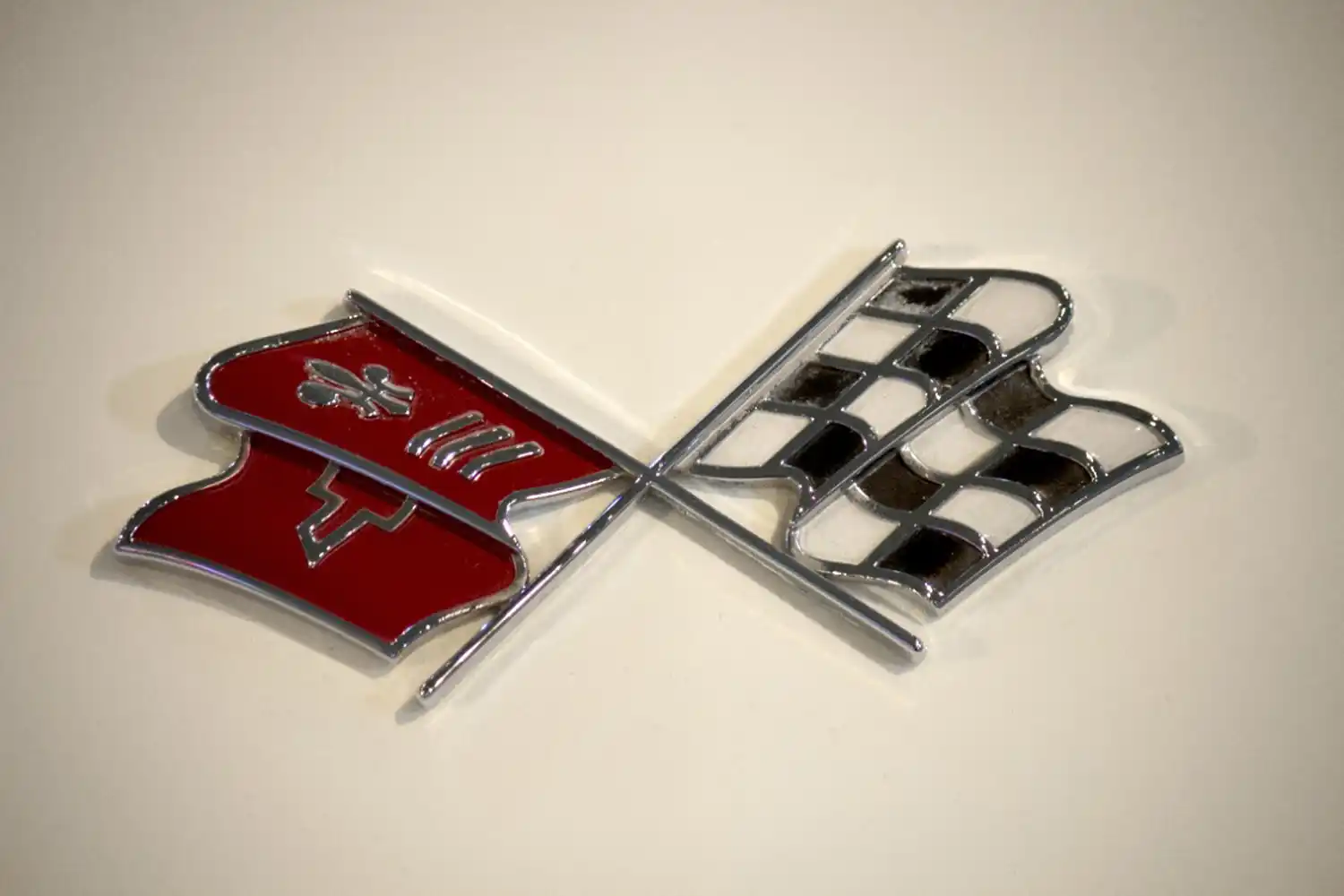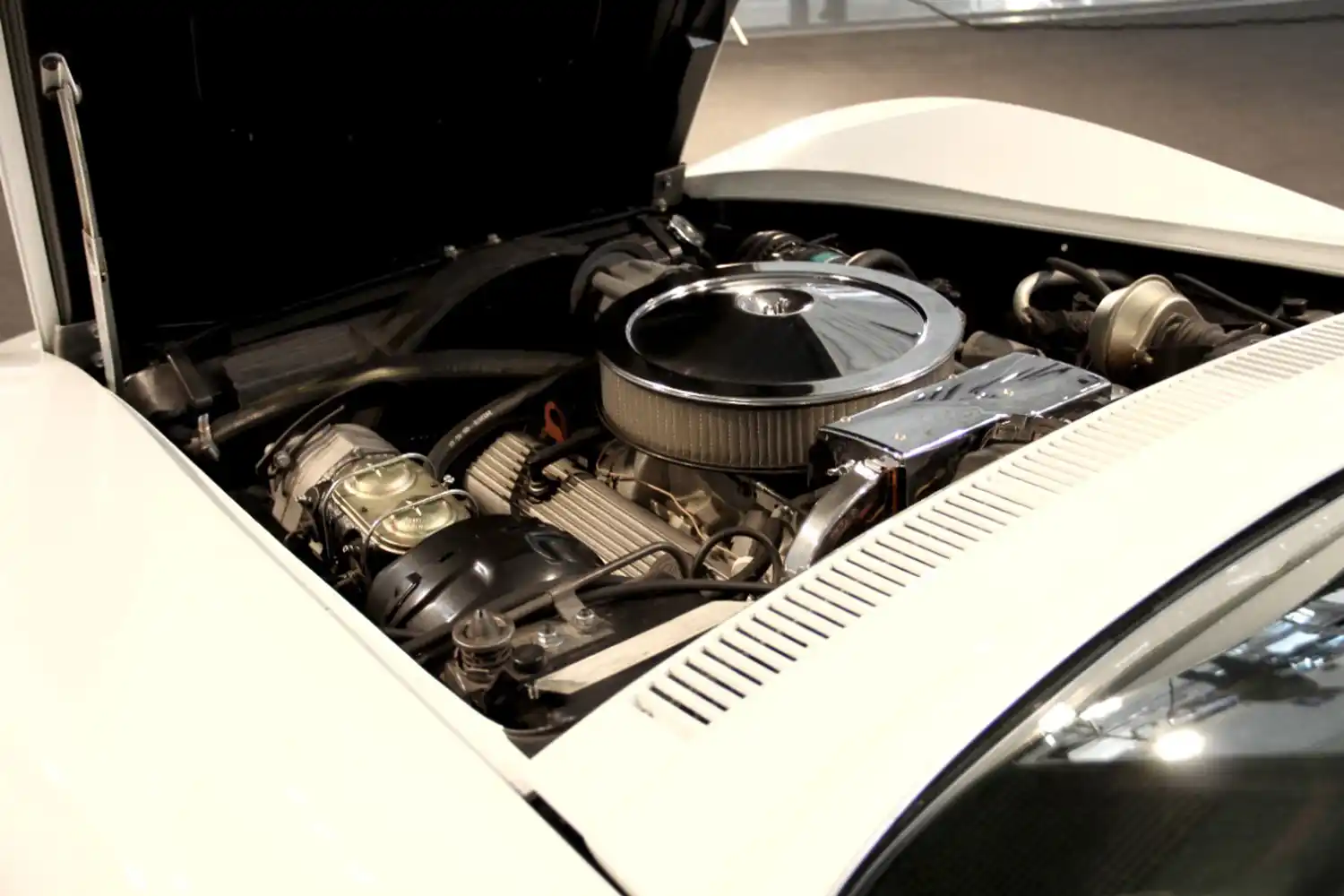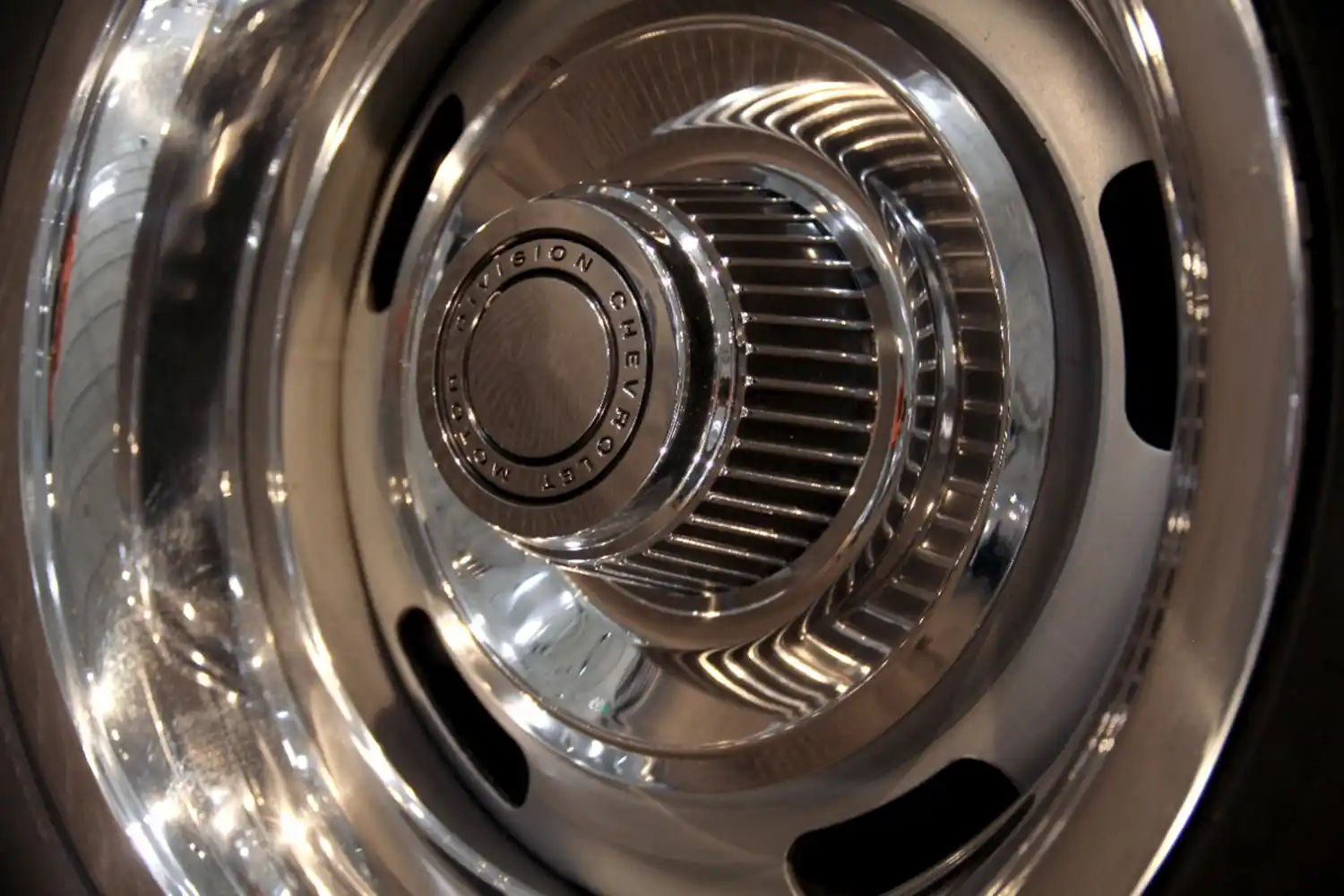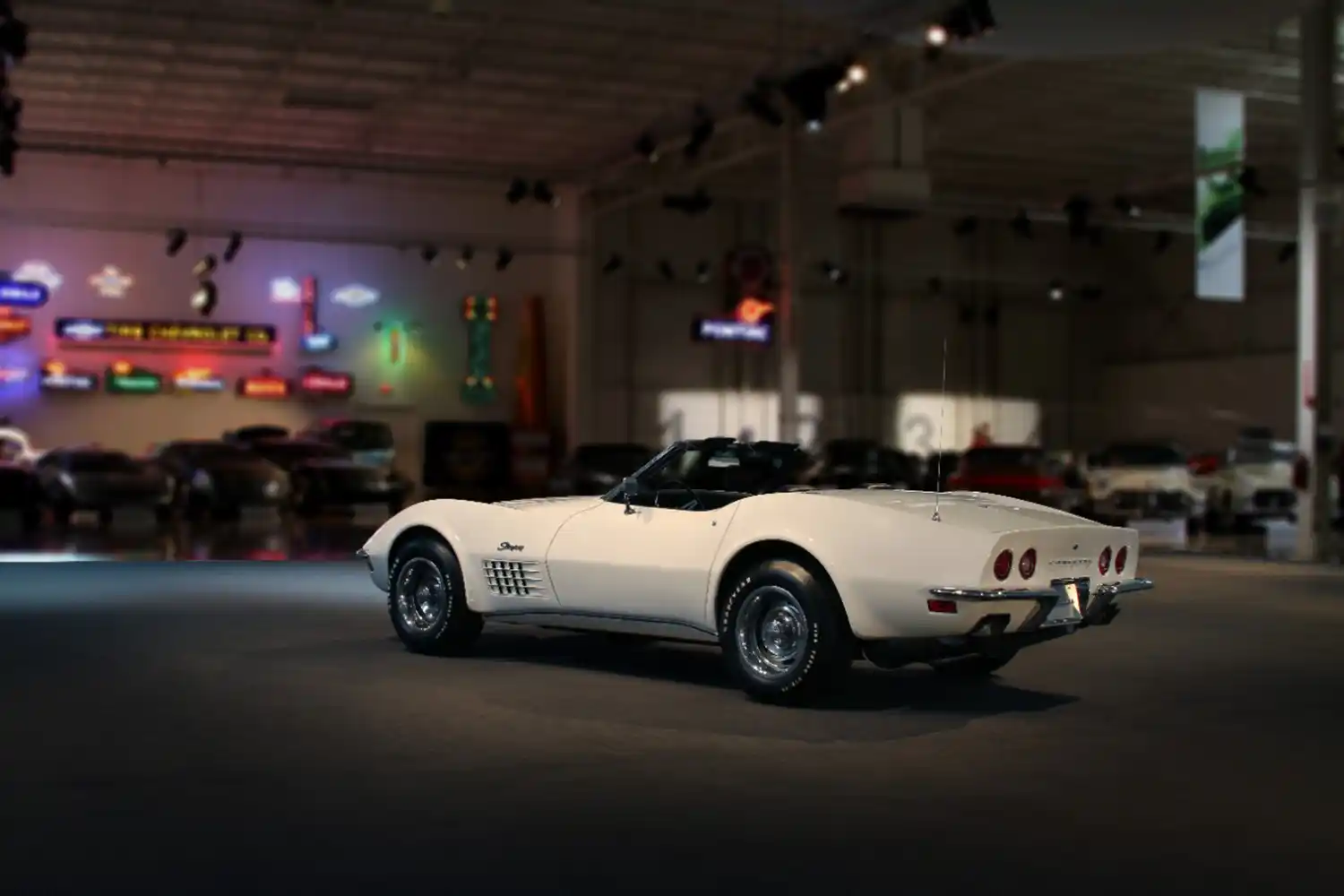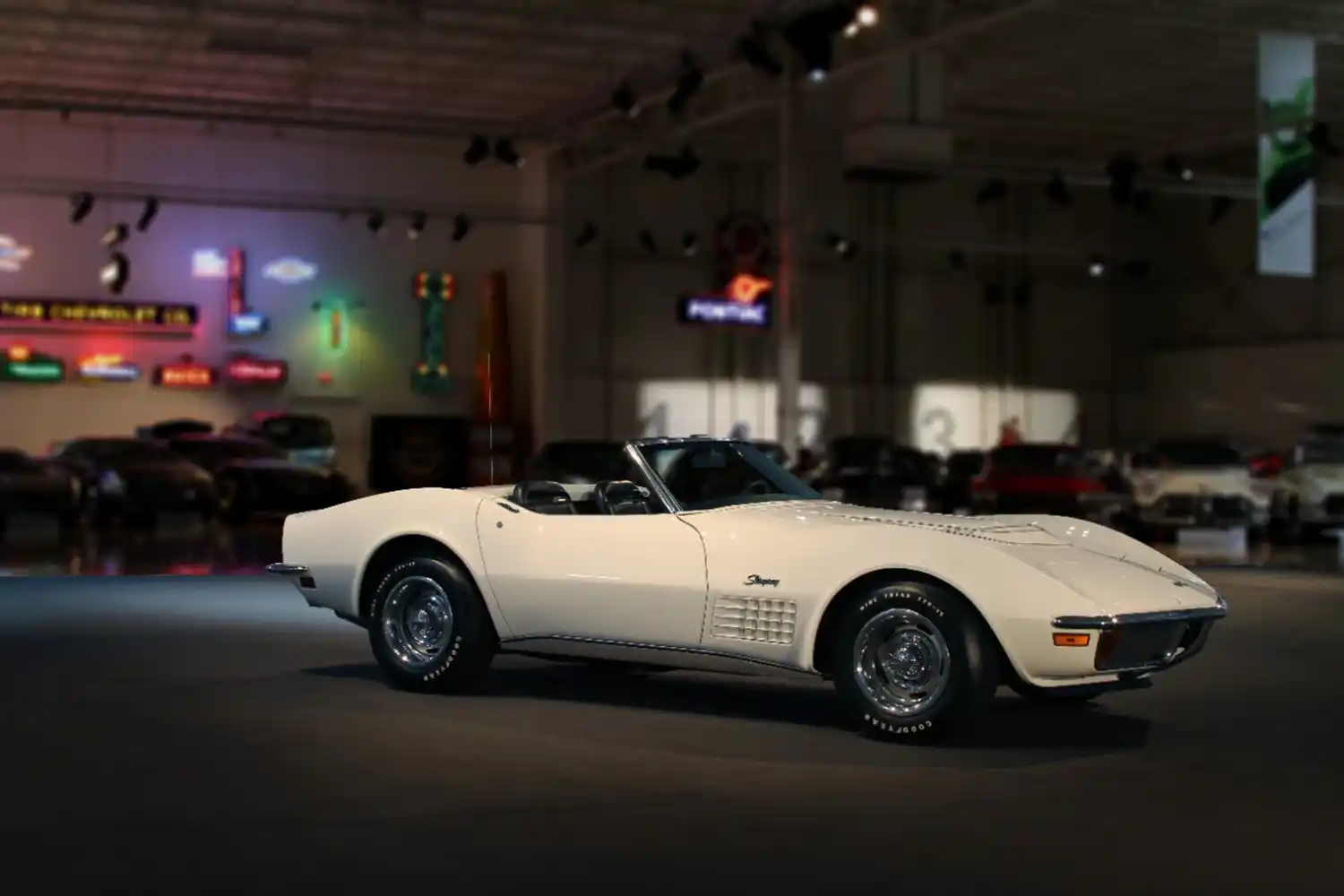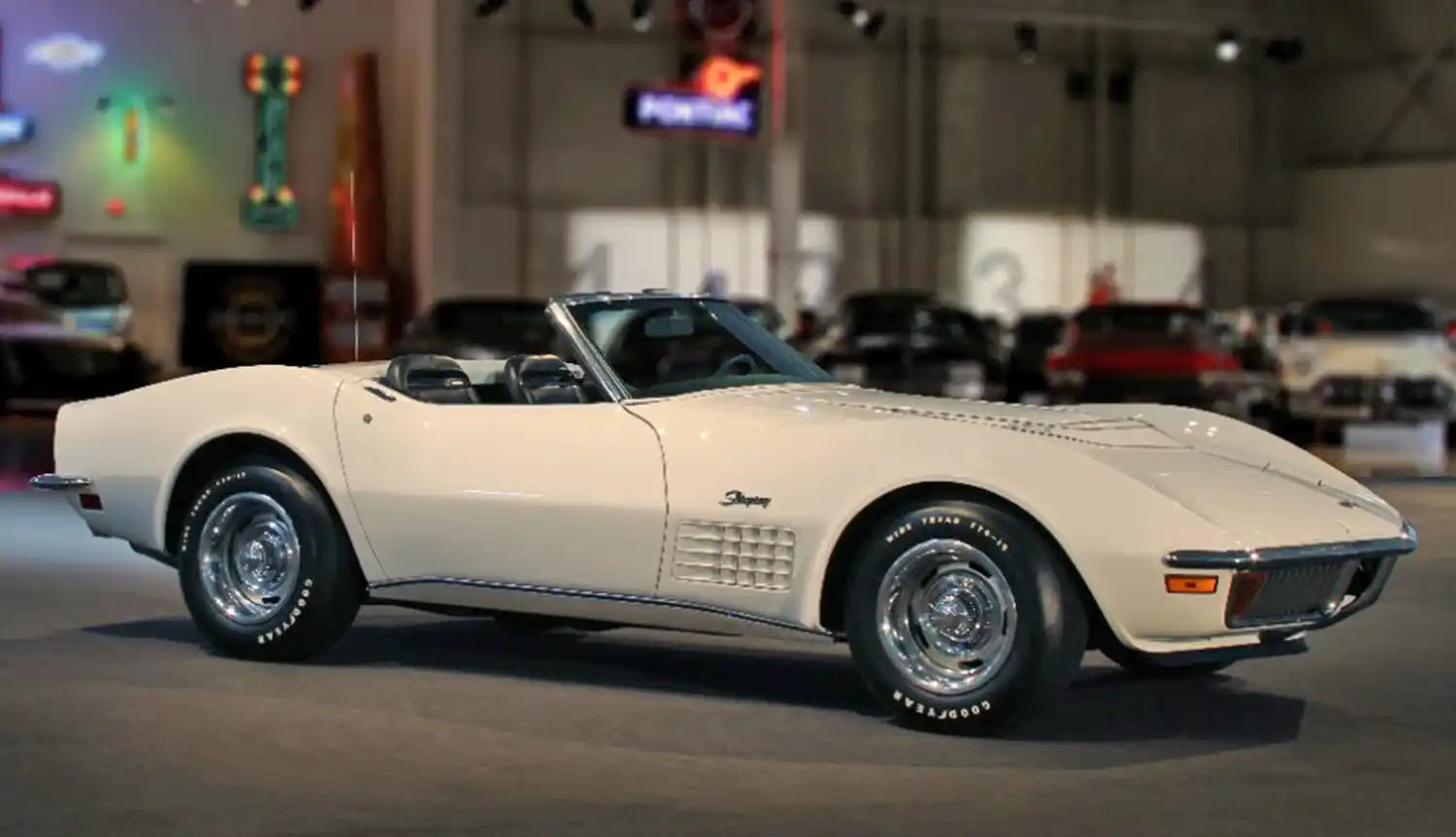
The 1972 Chevrolet Corvette Convertible LT1 holds a significant place in automotive history. This particular model year marks a turning point for the iconic American sports car. Over six decades, Chevrolet has produced more than 1.75 million Corvettes. The original Corvette concept debuted to immense public and critical acclaim. This occurred at the General Motors Motorama in New York City on January 17, 1953. Its futuristic design and performance promise captivated audiences. The 1972 iteration, particularly the convertible, encapsulates a unique blend of heritage and evolving standards.
The Corvette’s Enduring Legacy
The Corvette’s journey began with a grand vision. Its initial public display sparked immediate excitement. People recognized its innovative design and bold performance aspirations. From its sleek lines to its powerful engines, the Corvette quickly became an automotive phenomenon. Subsequent generations built upon this foundation. Each iteration pushed boundaries of design and engineering. The Corvette consistently represented American ingenuity. It continued to embody the spirit of high-performance driving. Its ongoing evolution cemented its status. It became a true American sports car legend.
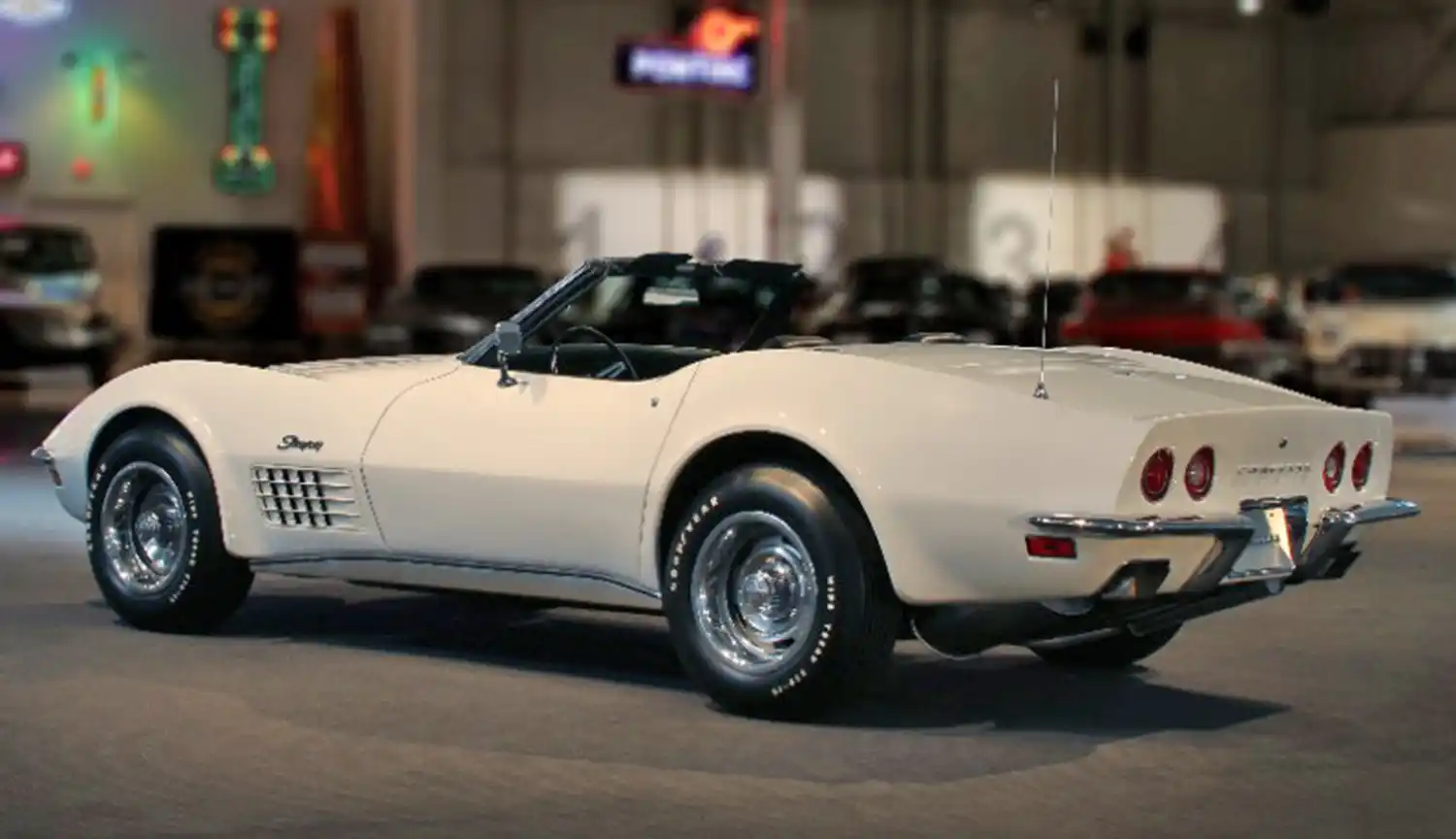
The 1972 Model Year Significance
The 1972 model year holds a special distinction for the Chevrolet Corvette. This was the final year that the Corvette featured chrome bumpers. These iconic design elements had long been a hallmark of the car’s aesthetic. Total Corvette production for 1972 reached 27,004 units. Among these, 6,508 were convertibles. This makes the open-top variant a less common find. The end of the chrome bumper era signaled a shift in automotive design trends. It also reflected changing safety regulations. This makes the 1972 model a tangible piece of Corvette history.
LT1 Engine Evolution and Performance
The legendary LT1 power plant was introduced in 1970. It appeared in both the Camaro and Corvette models. Initially, it boasted an impressive rating of 370 horsepower. By 1972, however, several changes impacted its stated output. The engine’s compression ratio was lowered. Furthermore, the horsepower rating system shifted. It changed from SAE gross to SAE net. Consequently, the horsepower figure for the 1972 LT1 dropped to 255. Despite this numerical change, the LT1 remained a formidable V8 engine. It provided robust performance for the era. Total LT1 production in 1972 was 1,741 units. This makes the LT1-equipped Corvettes, especially convertibles, quite exclusive.
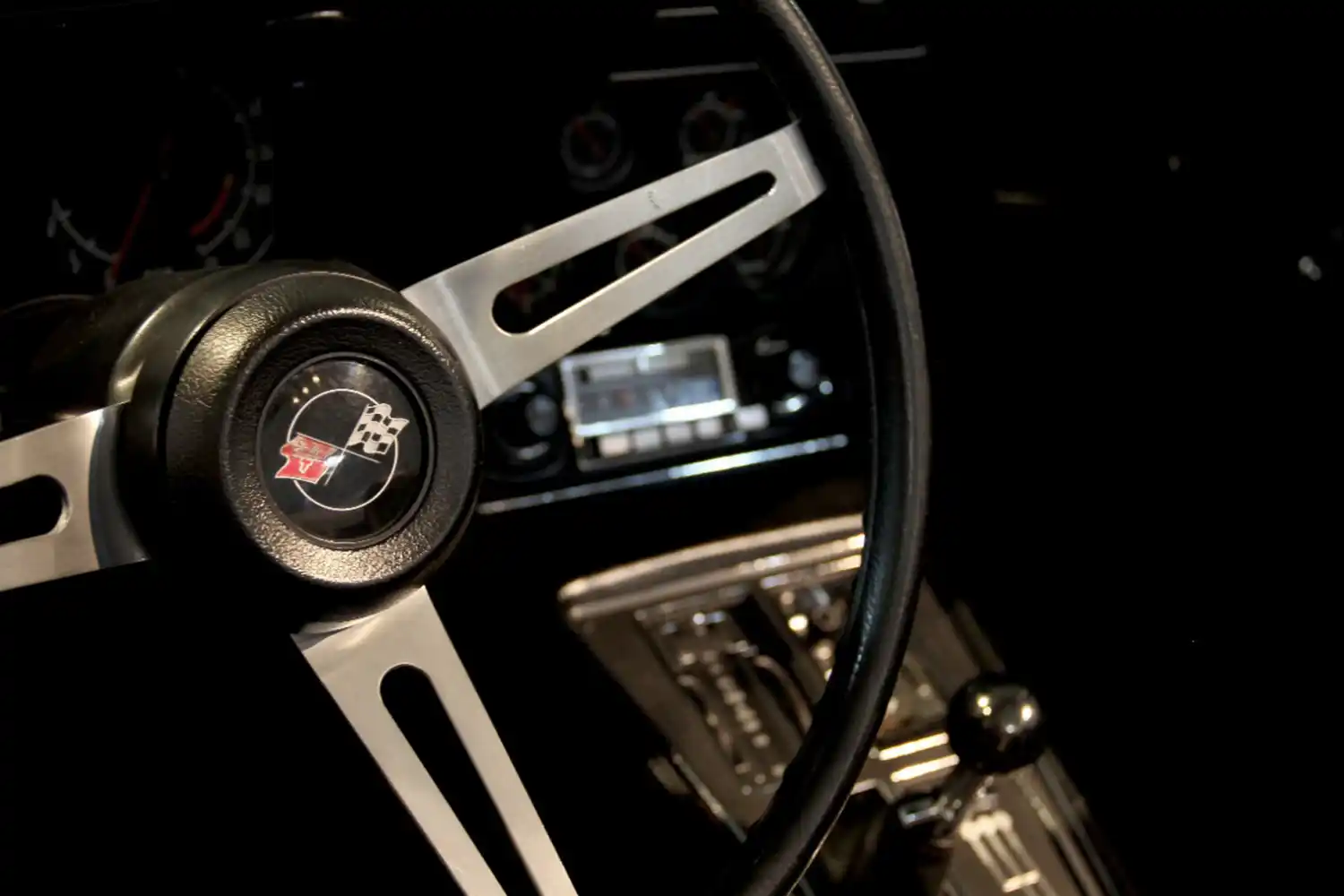
Iconic C3 Design and Styling
The 1972 Corvette belongs to the C3 generation. This era is renowned for its distinctive “Coke bottle” styling. It also drew inspiration from the Mako Shark concept cars. The design emphasized flowing curves and muscular fenders. A long hood and short deck characterized its profile. These elements gave the Corvette a dynamic and aggressive look. The car’s lines captured speed even at a standstill. Exposed headlamps contributed to its unique front fascia. The overall aesthetic solidified its muscle car identity. It was truly a product of its vibrant time.
Convertible Appeal and Driving Experience
The 1972 Chevrolet Corvette Convertible LT1 offers a unique driving experience. Removing the top provides an exhilarating open-air sensation. Drivers connect more directly with the road and surroundings. The convertible body style adds to the car’s allure. It combines classic sports car aesthetics with top-down freedom. The cabin features a driver-focused cockpit. All controls are easily accessible. This design promotes an engaging connection between driver and machine. Furthermore, the limited production numbers for convertibles enhance their desirability. This makes them cherished by enthusiasts today.
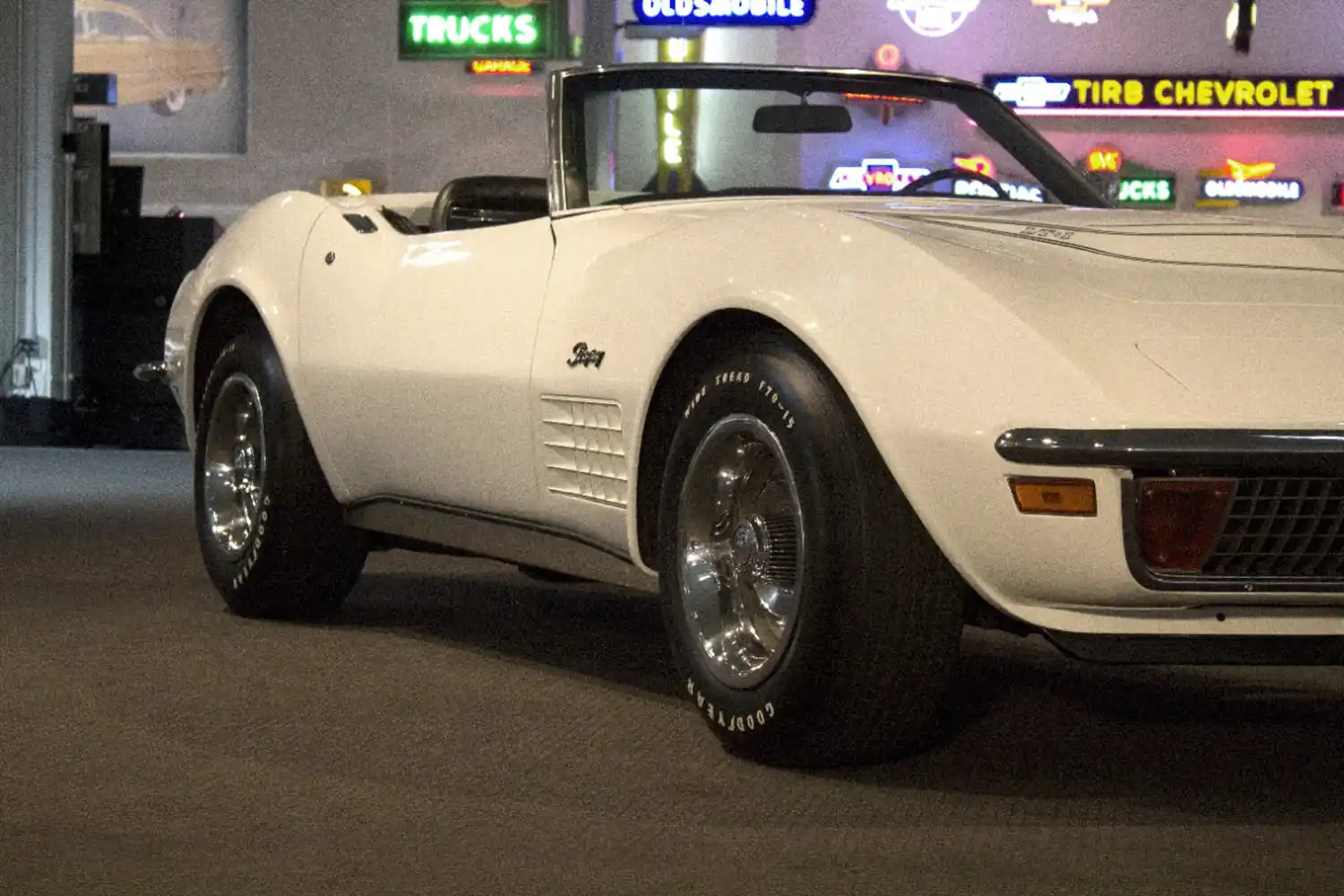
Interior Features and Driver Focus
Inside the 1972 Corvette, the cabin emphasizes a driver-centric design. High-back bucket seats provide support. They are positioned for an optimal driving posture. The dashboard features clear instrumentation. All gauges are angled towards the driver. This ergonomic layout enhances control and engagement. Materials often included vinyl or optional leather. These choices provided both durability and style. Amenities like air conditioning were available. Power windows offered convenience. These features contributed to a comfortable ride. They balanced the car’s performance capabilities.
Collectibility and Market Standing
The 1972 Chevrolet Corvette Convertible LT1 commands significant interest in the collector market. Its status as the last year for chrome bumpers is a major draw. The powerful LT1 engine also adds to its appeal. These factors make it a sought-after model among collectors. Its limited production numbers further enhance its desirability. Well-maintained or restored examples often achieve premium values. The combination of its iconic design, historical significance, and strong performance solidifies its market standing. It represents a prime investment for classic car enthusiasts.

Summary
The 1972 Chevrolet Corvette Convertible LT1 is a significant American automotive icon. It marked the final year for chrome bumpers and featured the potent LT1 V8 engine, rated at 255 horsepower (net). With its distinctive C3 “Coke bottle” design and limited convertible production, this model offers a unique open-air driving experience. Its blend of historical importance, performance, and classic styling makes it highly collectible.
Disclaimer: Vehicle specifications and features can vary. Always consult official manufacturer documentation for the most accurate and current information.
Source: GM Heritage
AI Assistance: Gemini
